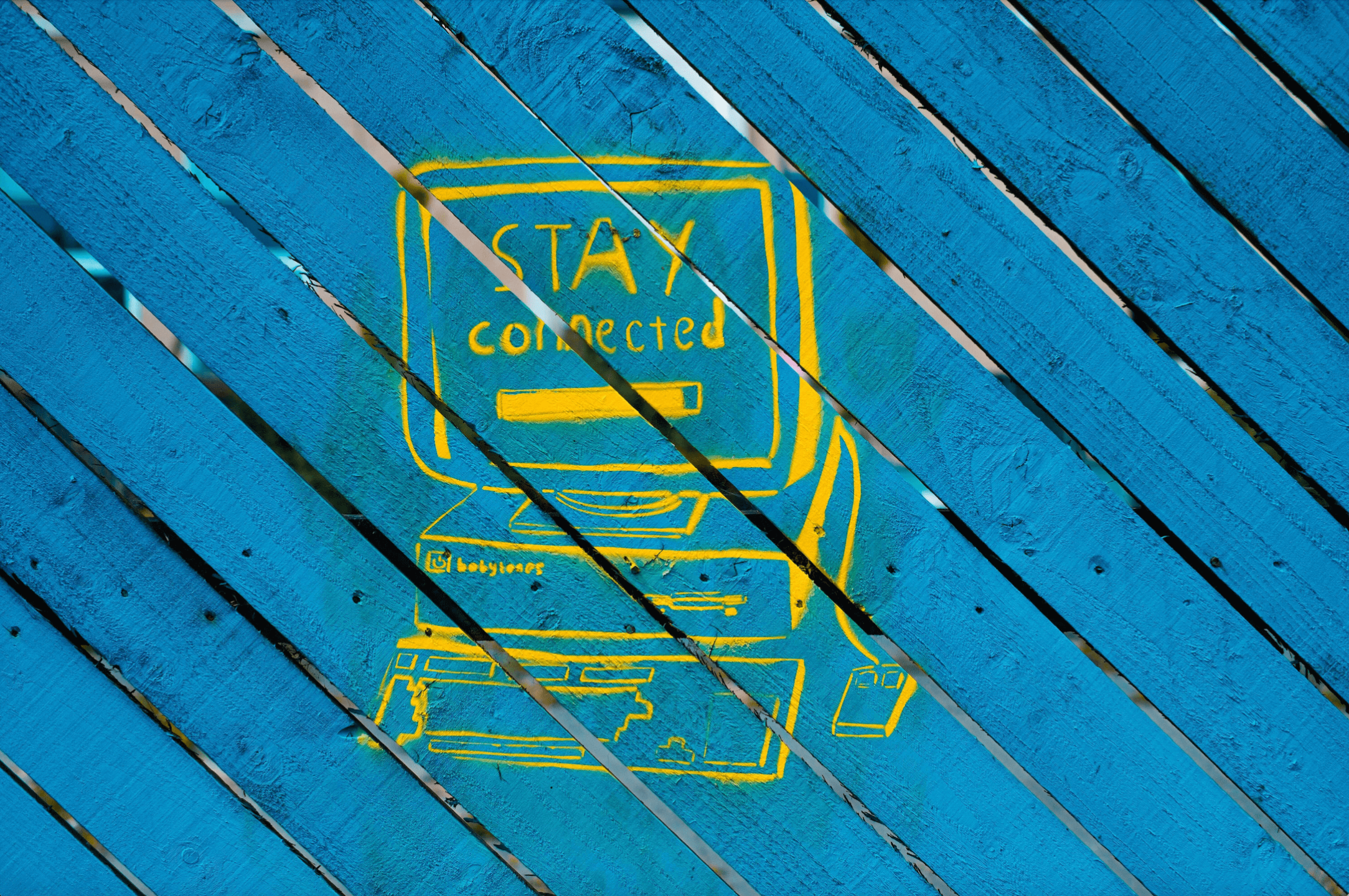Rapid response is one of the most strategic and fast-moving outreach tools PR teams can use, but in what ways can this process be optimized? Where can media relations professionals strengthen their communication strategy and connect clients to reporters on stories that need fast, relevant sources?
Here are some tips on how media relations professionals can take their rapid response skills to the next level:
1. Utilize Talkwalker & Google alerts for automatic keyword media updates
If you haven’t done so already, make an account with Talkwalker and Google and set up media alerts with both entities to receive the most relevant news updates throughout the day. Now you might be thinking, media alerts? That’s basic PR 101! Understand however that it isn’t the resource that optimizes your rapid response skills; it’s the creativity.
Look to create alerts that highlight the areas of expertise your client is most likely to see media relations success. Instead of a general keyword alert that generates countless results in a search, use the name of a reporter friendly and their media outlet for real-time updates on the stories they post.
Additionally, use Boolean searches in your alerts to automate the process of locating competitor news and any pieces of coverage they collect. These examples are to show how keyword creativity allows you to specify search terms to identify newsworthy stories from media and connect with the reporters who want to hear from you and your client.
2. Engage with journalists on Twitter
Twitter is going through quite a crisis at the time of this blog writing, but nonetheless, the social media site is a key resource to connecting with journalists and what they are talking about in real-time. Pitches, ideas and media relationship introductions can all be sent through Twitter, which can be a great way to bridge your client and the reporter looking for the right thought leadership for their key audiences.
For rapid response, Twitter becomes a special resource here. Twitter not only allows you to set up post notifications for certain accounts, but it also allows you to make lists of any account you wish that you follow. Government agencies like the U.S. Department of Energy tend to break their news first on Twitter over anywhere else, and stories like high-profile congressional hearings or court trials develop live on the platform.
Being prepared for these announcements by setting up your feed(s) for this information makes your job easier and helps you jump on the news either instantaneously or before it even becomes official.

3. Block calendar slots for scheduled newsworthy announcements
Some announcements from organizations are scheduled far in advance, like government policies and legislative votes, or commercial topics like Amazon Prime Day. Journalists often cover these issues if they pertain to their beat —many also look for sources to comment on these topics should the stories need an expert opinion.
Once you have the date on hand for an announcement or relevant topic, schedule it on your calendar. Then, when you plan for the future, you can use these upcoming events as fodder for your pitches and align your outreach materials with the event. This allows you to take a lot of the guess work regarding timing out of the equation and instead focus on the messaging you and the client wish to leverage for rapid response.
4. Adopt a seasonal approach to certain topics
Seasons come and go, and for that reason, seasonal approaches to rapid response opportunities can be the difference between hitting your KPIs and missing key media opportunities. Well known seasonal events for PR like World Password Day or Earth Day can generate some helpful approaches, but what’s most effective is identifying key topics within your client’s vertical.
For instance, if you are aware of several reporters in your client’s vertical that accept new year’s predictions between November and January, a part of your plan should include messaging for your client’s predictions. If the winter season routinely drives energy-related stories, you should prepare energy clients with messaging that touches on upcoming energy-saving topics.
Ensuring that you are approaching the topic and journalists with the right pitches at the right time can multiply the amount of coverage you get because you are able to anticipate the needs of the reporter before they happen.
5. Tip-toe around highly covered breaking news — always be ahead of it
A standard mistake PR professionals make is jumping on a rapid response opportunity AFTER the news has broken. Don’t get me wrong, this has its place for reporters who look to capture more of the full story or are covering a developing story. A common misconception, however, is to send a massive blast of emails hours after business media has reported on a topic, expecting to get several hits.
Always stay ahead of the news for breaking news elements like this. If the journalists are the first to break it, analyze where your client’s comments fit best with key receptive journalists and target them. This will allow you to stay off the block lists of important reporters or even entire publications that later down the line you may want to target with a relevant pitch.
PR professionals with the educated insight to turn rapid response opportunities into media campaigns they can prepare for are ready to take their messaging to the next level. Don’t know where to start? Reach out, let’s talk.



